Black paintings and missing uncle bill
You know you live in relatively peaceful times when an insurrection leads to little more than a big night out.
My son Fred jnr was in Barcelona when Catalonian President Carles Puigdemont declared independence from Spain. Two days later, Puigdemont and five of his ministers had fled to Belgium to escape charges of sedition, and Freddy, meeting me for a week in Madrid, was talking with a voice still gravelly from being swept up in the brief but wild celebrations.
‘It was the best night ever,’ he says when we meet. And so it should have been, I think. What’s the point of being young if your response to a serendipitous revolution is anything but drunken exuberance?
Here in Madrid, the only indications of the trouble 600km away in Barcelona are the proliferation of Spanish flags hanging from balconies. Symbolic, fraternal, affirming and colourful against the flat grey and beige façades – this is the kind of thoughtful response to turmoil that appeals at my (late middle) age. Fred seems to embrace it too, but that might be because he’s enjoying a sober break from his backpacking Bacchanalia.
We are here on a kind of pilgrimage. Madrid was one of the places in the world that Bill Leak – ‘uncle Bill’ to young Fred – held sacred. Other than the MCG in September when the Swans were playing, the Prado Museum was as close as he had to a place of worship, mostly because it held the definitive collections of his two heroes, Velázquez and Goya; two realists who embraced both horror and everyday pleasure. I’m here to see how influential they were on Bill’s work.
Bill, like many self-taught creative Aussies, spent formative years in his early twenties in Europe. I was surprised to learn, though, that he never visited the Prado in that time. His one and only visit was in 1999 with his son Johannes and an English journalist friend, Jonathan Este, by which time he’d been an artist/cartoonist for 20 years. Bill was at the peak of his own wild, carousing period at the time, having fallen off the wagon several years earlier.
The darker consequences of this period were yet to materialise, although he got a foretaste of them in Madrid.
Johannes, aged only 19 and a budding artist himself, recalls having the biggest argument he ever had with his dad – over Bill’s less-than-exemplary fathering skills (which he would soon learn were inextricable from Bill’s innate drive to live life as well as he illustrated it) – and partly for their shared excitement over discovering the Prado’s incredible treasures. Johannes recalls them going from room to room, each time saying to each other, ‘I think we’ve hit paydirt here, just quietly!’ Only Australians see great art works as if they were flashes of light amid mud and rocks.
For most of his life, Bill oscillated between art and cartooning. It wasn’t until his final few years, when his cartooning took on the broader perspective of the culture wars – wars that he thought could potentially become as grim as the political, social and religious upheavals of Spain in Goya’s times – that he finally realised he could seamlessly blend the two. His cartoons from the last three years display magnificent use of light, depth, caricature, kinaesthetics and composition. Had he not created them on a computer, the originals would by now be hanging in a gallery as proof of his irreplaceable contribution to Australian life.
From Goya he learned to manipulate a person’s face to reveal duplicity, confusion, foolishness and whatever else the subject was concealing; from Velázquez he learned that hands are as expressive as faces in revealing a character’s true thoughts, and that imagination is nothing if it isn’t based on realism. And from both of them he learned that great art is dangerous.
Stunning, casually erotic nudes by both Goya and Velázquez were scrutinised by the scolds at the Spanish Inquisition for crimes against public morality. Goya, it is assumed, escaped sanction by saying he was drawing on a rich tradition of nude art; royal connections helped Velázquez avoid the same charge. In his later years, Bill too was hauled before official busybodies – the Press Council (for a cartoon depicting starving Indians eating solar panels donated to them by the idiotic United Nations) and the Australian Human Rights Commission (for his now famous ‘Righto, what’s his name then’ cartoon about dysfunctional Aboriginal families). His response in both instances was defiant. Bill was aghast that he was being persecuted for conveying the truth, and despaired at this cynical abuse of power in a country he passionately loved. As all his friends know, the pressure he felt from this persecution contributed to the fatal heart attack he suffered in March this year.
One room in the Prado is dedicated to Goya’s Black Paintings, abstract depictions of horror that emanated from the recently -ended wars with France and Portugal and the illiberal rule of Ferdinand VII, otherwise known as the Felon King.
Sick, deaf and reclusive, Goya’s Black Paintings are cathartic depictions of despair. They are widely considered the culmination of his life’s work. Bill too was on the verge of a similar period, although in his case it was defined by newfound happiness after a turbulent life. Sober, married to his new wife Goong and lovingly reconciled with his family, he was working on a series of big-picture cartoons that were to be his project after handing the cartooning gig over to Johannes, which was his plan.
Australia’s loss from his premature death, aged 61, is enormous.
Got something to add? Join the discussion and comment below.
Get 10 issues for just $10
Subscribe to The Spectator Australia today for the next 10 magazine issues, plus full online access, for just $10.
You might disagree with half of it, but you’ll enjoy reading all of it. Try your first month for free, then just $2 a week for the remainder of your first year.

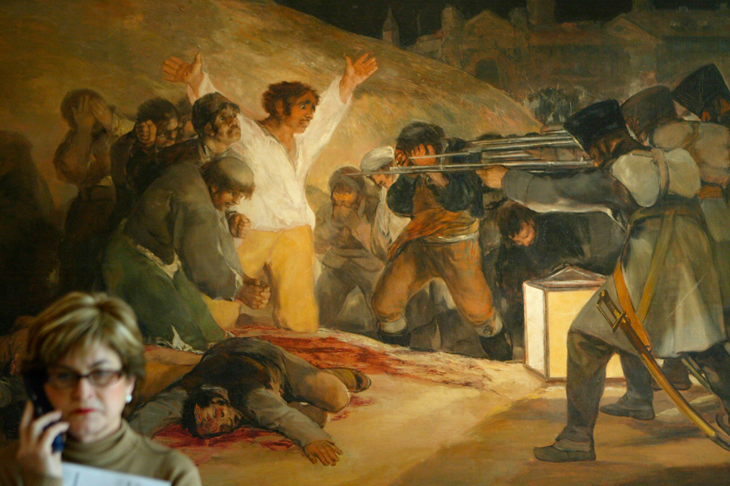

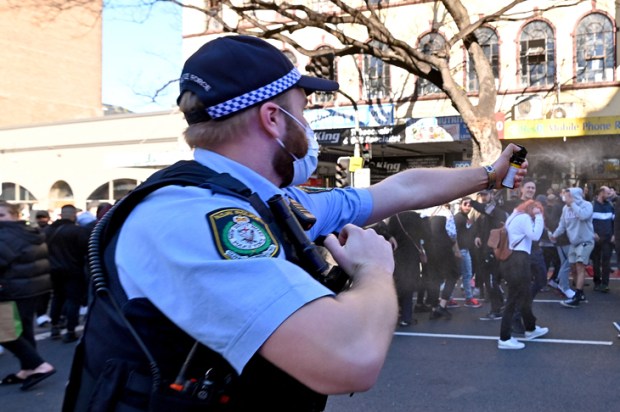
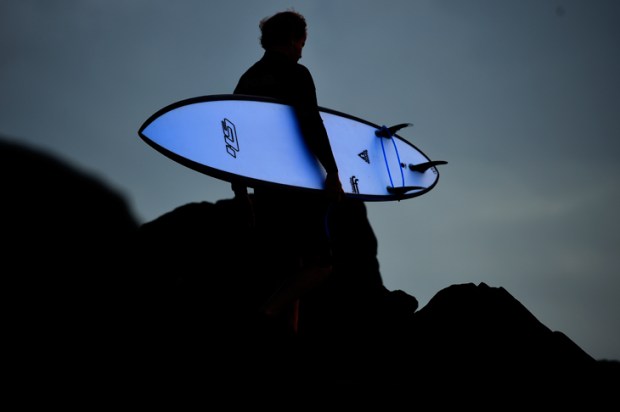
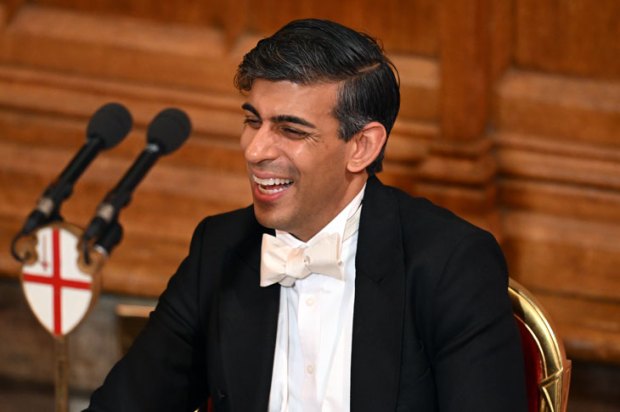

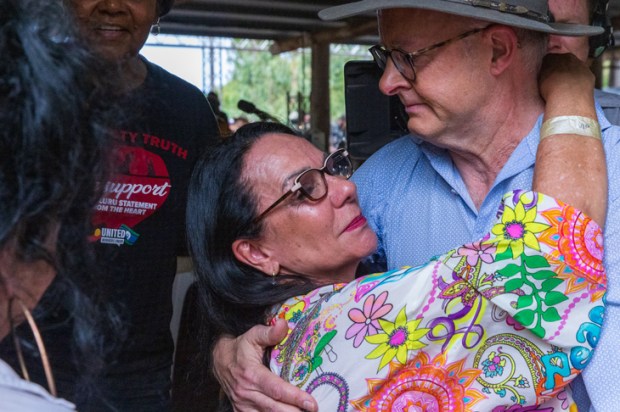






Comments
Don't miss out
Join the conversation with other Spectator Australia readers. Subscribe to leave a comment.
SUBSCRIBEAlready a subscriber? Log in